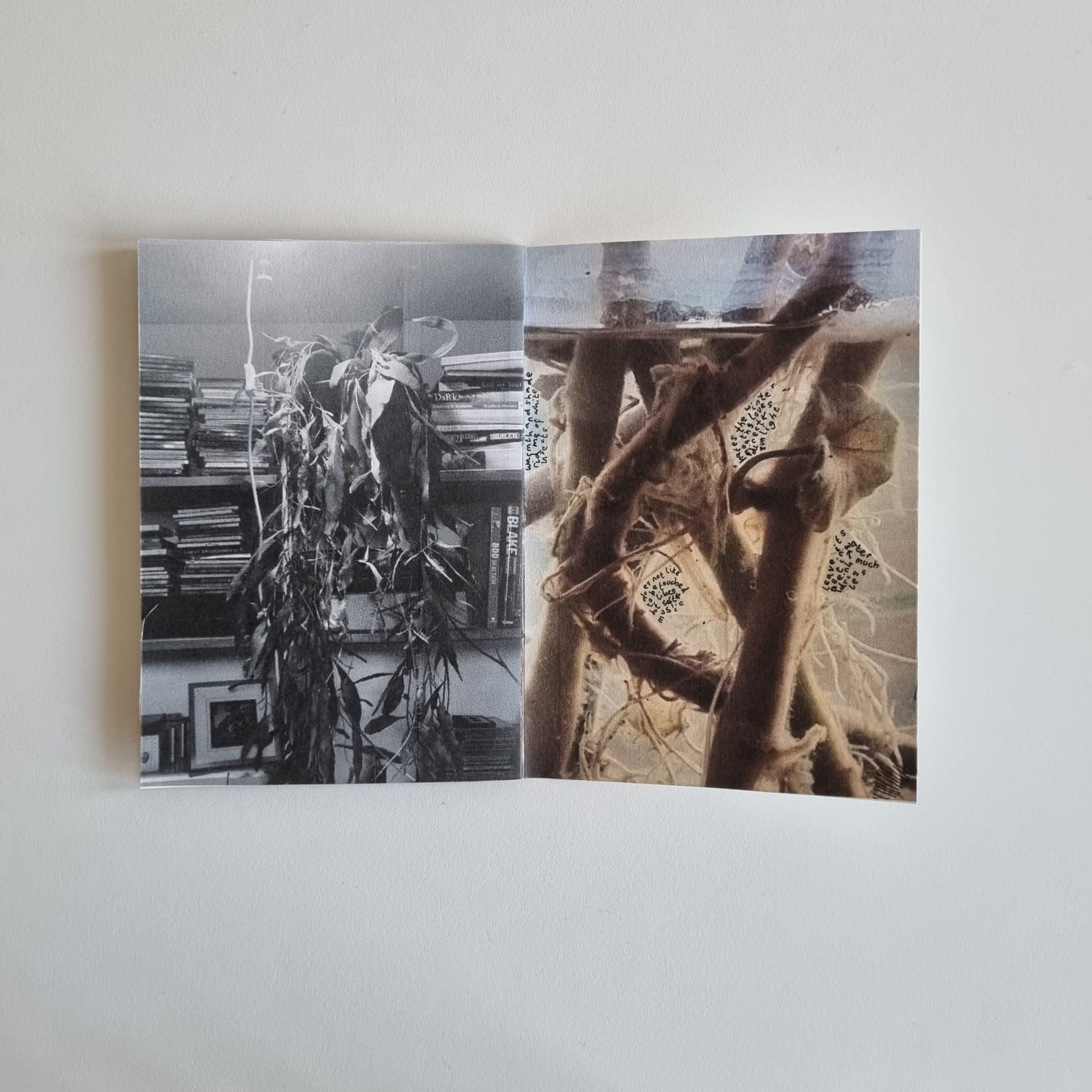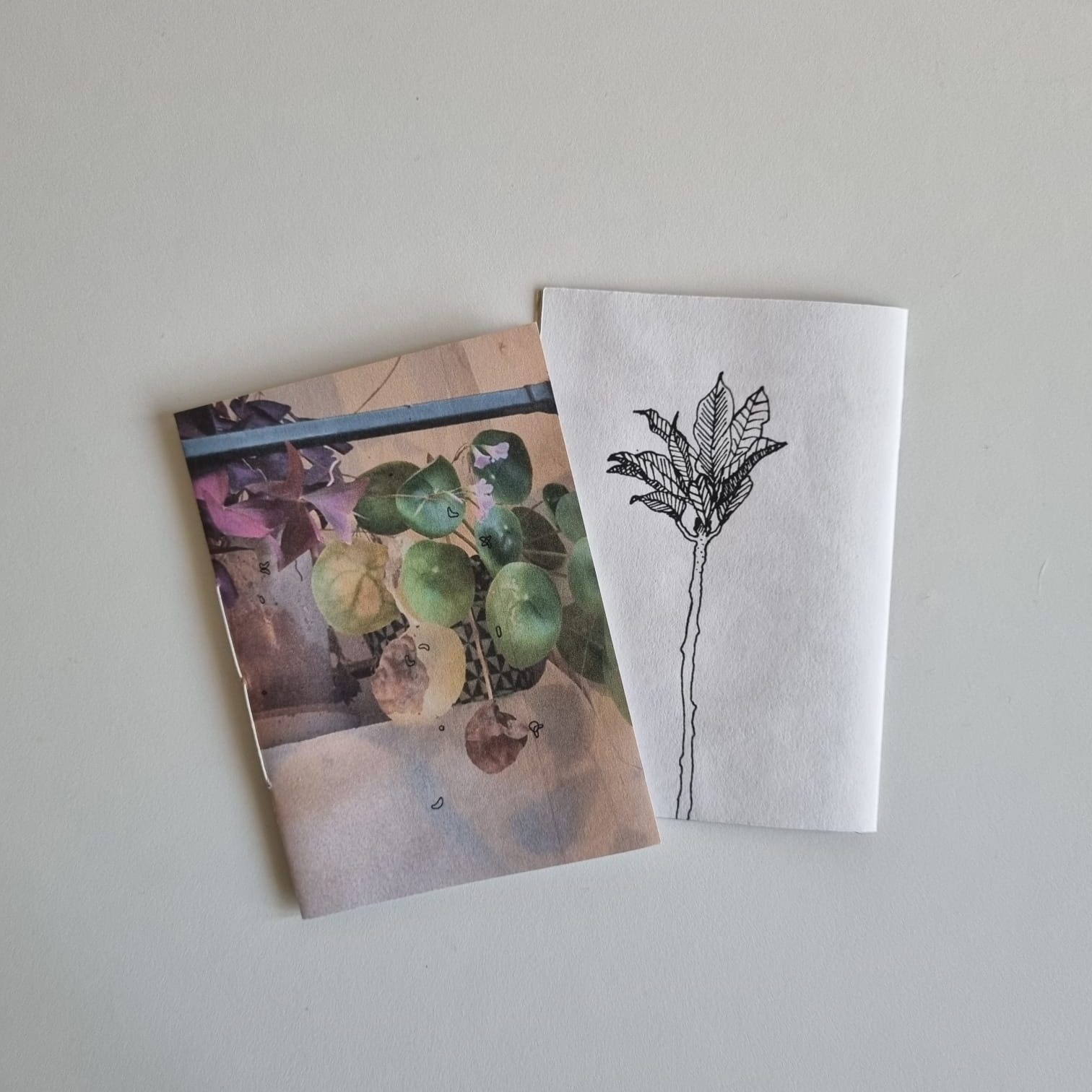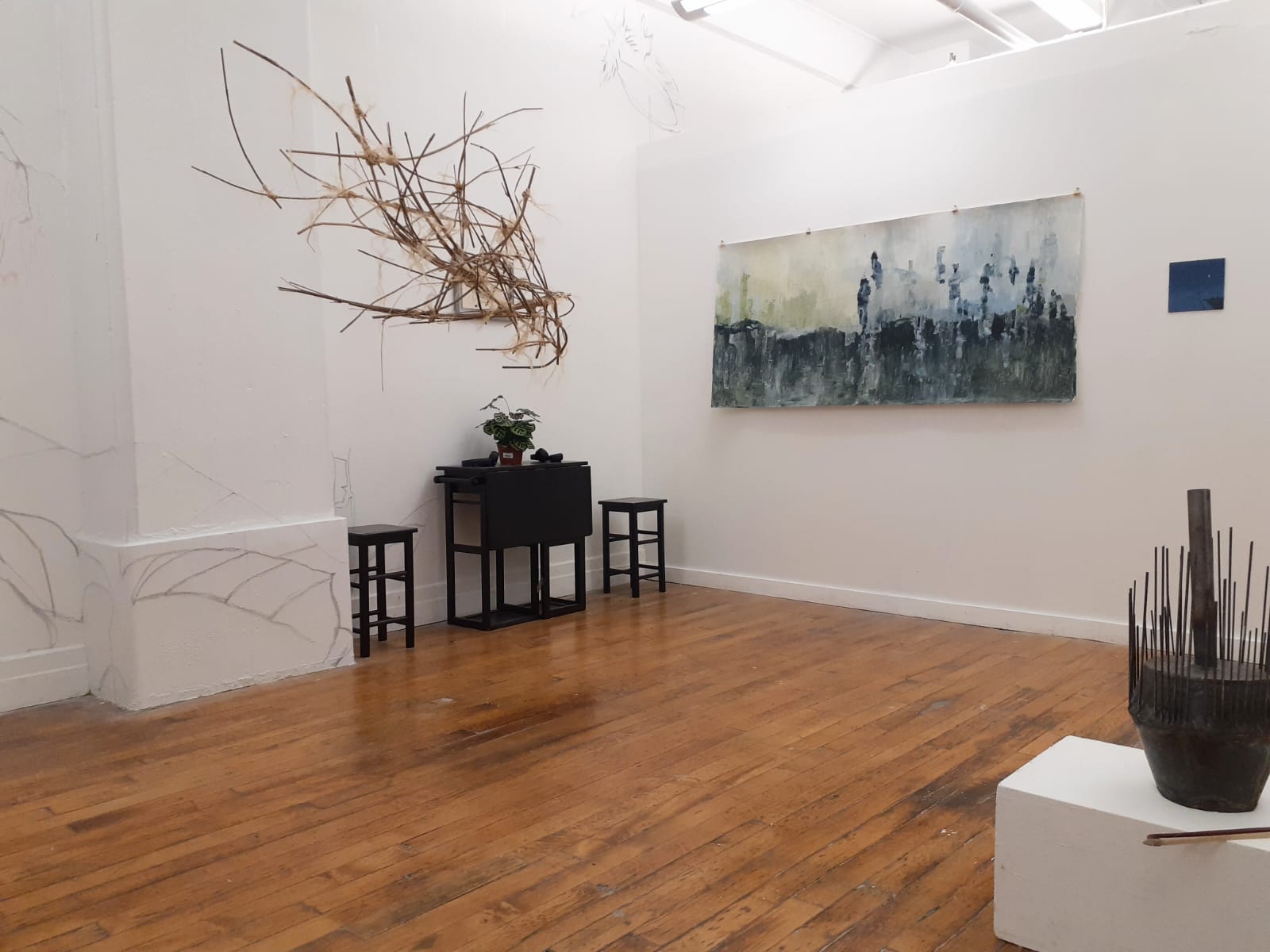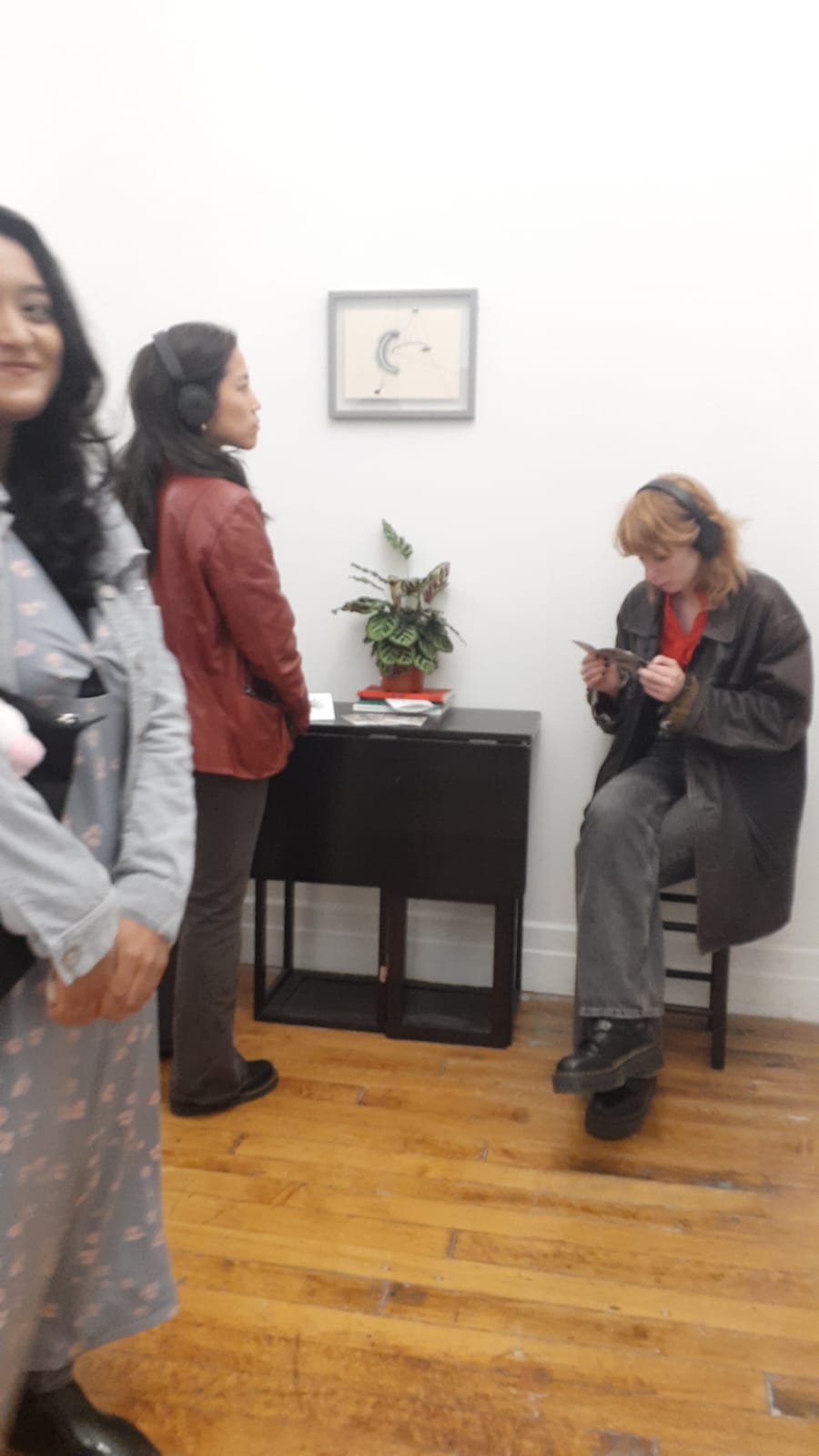mrs iceton : the domestic topography of a dying houseplant
Over the years she learned how to ask them if they needed more shade or less water, and noticed as their leaves reached towards the sunlight to soak energy into their skin because she felt it too, when the clouds parted and warm light filled the room.
These are the sounds of a shared space, where territories fall into one another in the most intimate ways. ‘mrs iceton’ is a 15 minute composition weaving together the familiar sounds and vibrations of the home as a socio-material assemblage. Dwell within this piece for a moment and ponder the beauty of the most strange and familiar bond between people and plants.
The boundaries of a home reach out to the nurseries that grew the Croton house plants (Mrs Iceton), separated from the earthly soil that their roots use to speak to one another and taken away from their warm humid climate to a place where their only chance is to spend their lives indoors. Humans too have been lifted from the soil and in a some attempt to return we bring these plants, violated with labels and price-tags, into our homes and care for them the best we can. We share a house, a home and a loss of something we have never really had the chance to experience.
And yet we are still ecologies, collections of inter-species conversations entangled in flesh, roots and air and in our most intimate of dwellings, we gently touch their soil and whisper our secrets.
Weight of words forming in the mouth
This multimedia exhibition of sensory experiences, imagery, and narrative, creates space for perception to overlap with other species and elements, along with the dark matter of misperception found along the way. An awareness of the totality of experiences cannot be held by one center but must adapt and traverse through many. Imagining ourselves into the bodily experiences of other beings as water or soil fails to yield a consistent story. This is not the goal of imagining or inquiry. Instead we are informed by the choreography of the current reaching between forms.
We cannot imitate or comprehend the perceptual fields of other beings. We can explore the full range of our own language and perception in the hopes of finding points of contact. We possibly turn ourselves inside out for another point of view, thus becoming corporeal and elemental polyglots. In this exhibition narratives are carried within sensory experiences, scents help us find common ground, we hear what we have ignored.



